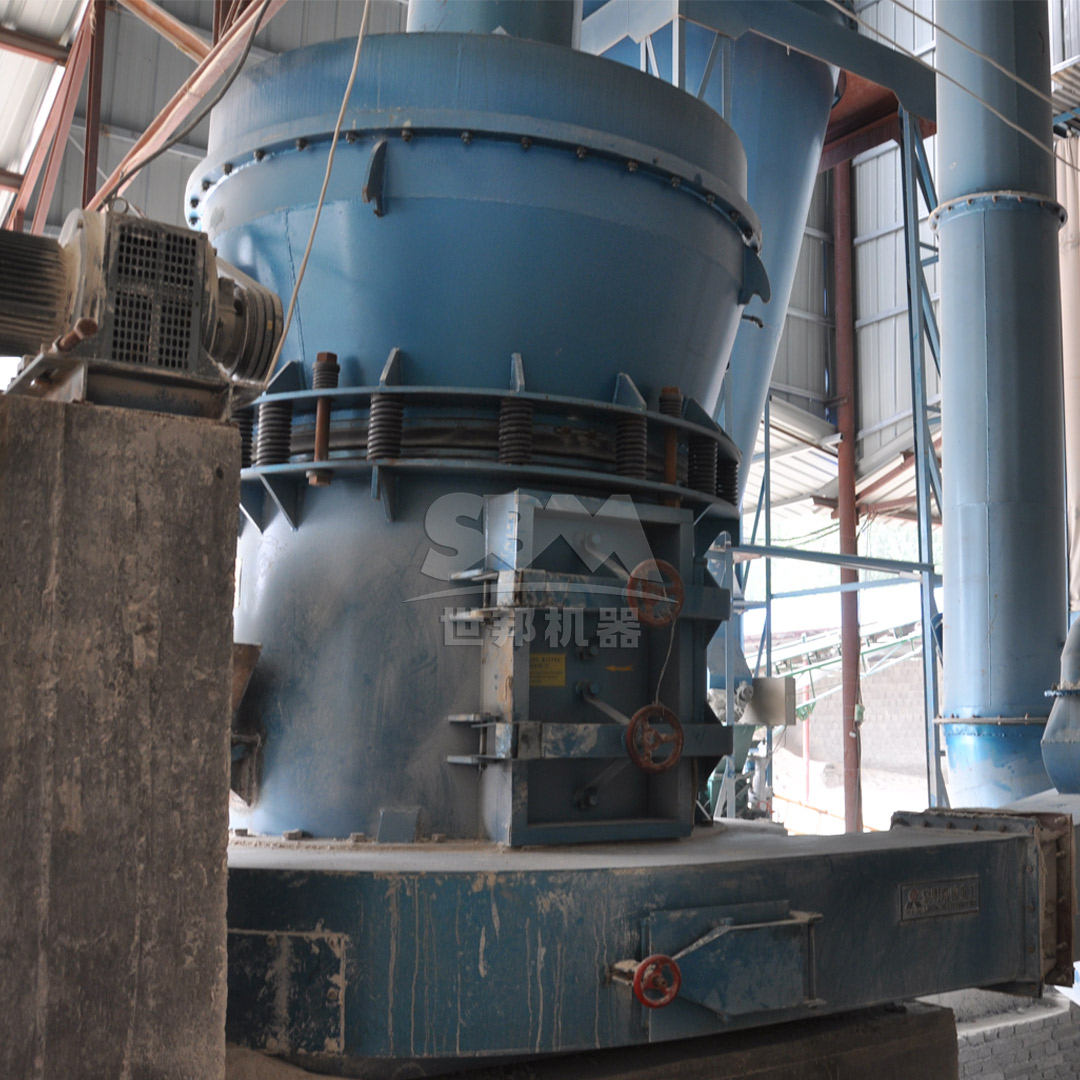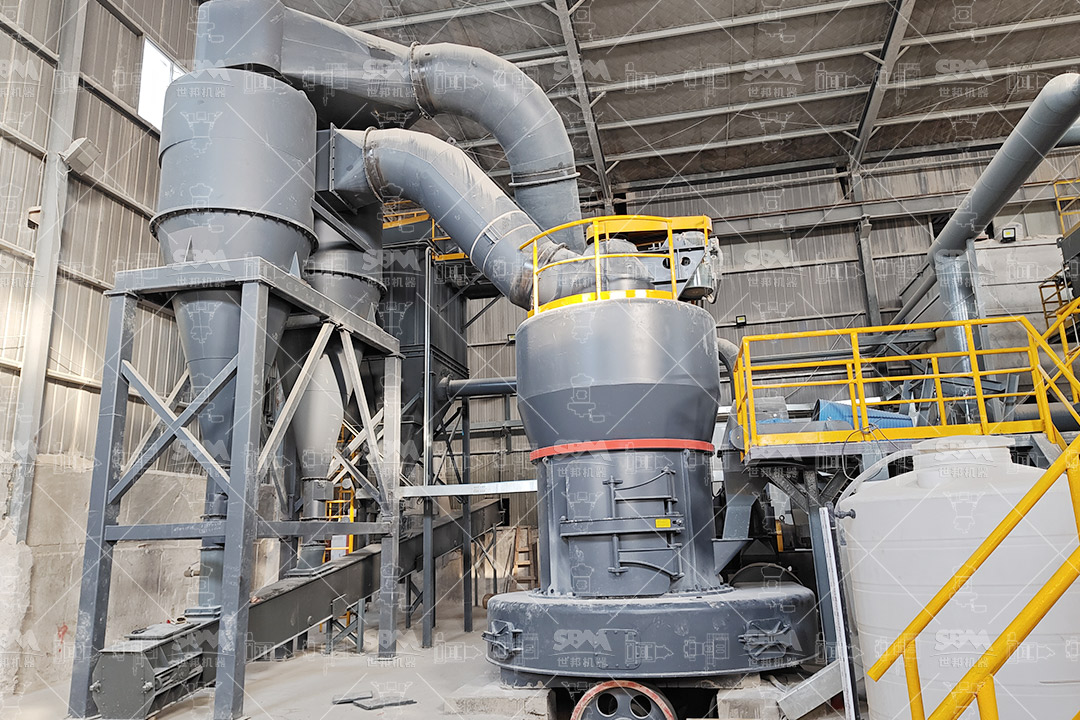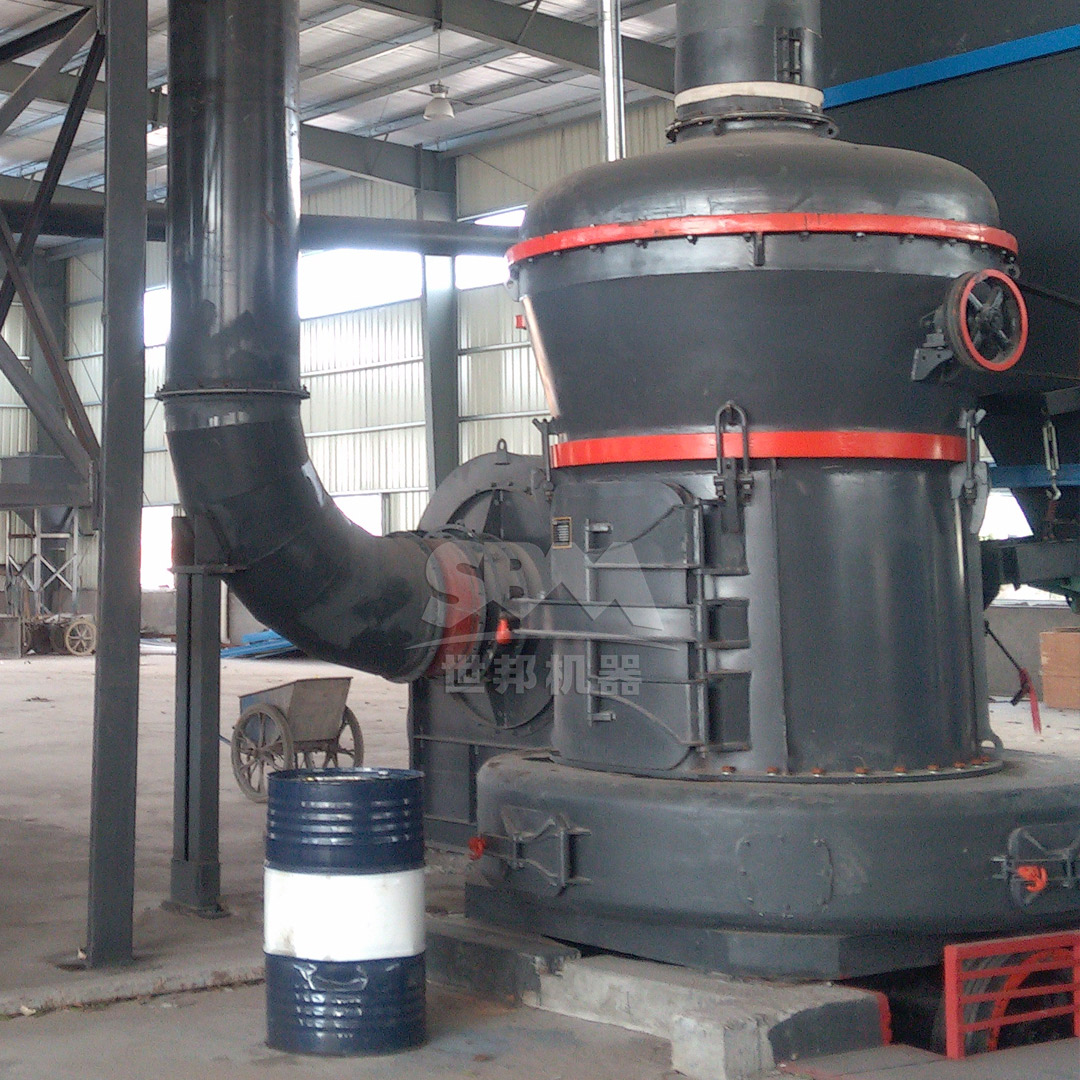The polymer industry continuously seeks innovative solutions to enhance material properties while optimizing production efficiency. Among various mineral fillers, talc has emerged as a crucial component in polymer compounding, offering significant improvements in mechanical strength, thermal stability, and dimensional accuracy. However, the effectiveness of talc as a functional filler depends critically on its particle size distribution, morphology, and dispersion characteristics within the polymer matrix.
Traditional grinding methods often fail to achieve the precise particle specifications required for high-performance polymer applications. This technical limitation has driven the development of advanced roller mill technologies specifically designed to process talc with unprecedented precision and efficiency. Modern roller mills represent a paradigm shift in mineral processing, enabling manufacturers to unlock the full potential of talc-filled polymer systems.

Processing talc for polymer applications presents several technical challenges that conventional grinding equipment struggles to address effectively. The plate-like structure of talc crystals must be preserved during grinding to maintain their reinforcing properties in polymer composites. Excessive mechanical shear or improper grinding can destroy this critical morphology, reducing the filler’s effectiveness.
Furthermore, achieving consistent particle size distribution is paramount for uniform dispersion within the polymer melt. Wide size variations lead to agglomeration, stress concentration points, and compromised mechanical properties. Thermal degradation during processing represents another significant concern, as excessive heat can alter talc’s surface chemistry and reduce its compatibility with polymer matrices.
Modern roller mill systems have been specifically engineered to overcome the limitations of traditional grinding technologies in talc processing. These advanced systems employ sophisticated grinding mechanisms, precision classification, and intelligent control systems to deliver talc powders with optimized characteristics for polymer applications.
The fundamental advantage of roller mill technology lies in its ability to apply controlled compressive forces rather than impact or shear forces. This approach preserves the platelet structure of talc crystals while achieving the desired fineness. Additionally, integrated air classification systems enable precise control over particle size distribution, ensuring that the final product meets the exact specifications required for different polymer applications.

For applications requiring ultra-fine talc powders with exceptional consistency, the SCM Ultrafine Mill represents the pinnacle of grinding technology. This advanced system is specifically designed to process talc to fineness levels ranging from 325 to 2500 mesh (D97 ≤ 5μm), making it ideal for high-performance polymer applications where superior dispersion and reinforcement are critical.
The SCM Ultrafine Mill incorporates a vertical turbine classification system that ensures precise particle size control without coarse particle contamination. This technology enables manufacturers to achieve the narrow particle size distributions essential for uniform reinforcement in engineering plastics and specialty polymer compounds. The mill’s intelligent control system automatically monitors and adjusts operational parameters in real-time, ensuring consistent product quality regardless of variations in feed material characteristics.
| Model | Processing Capacity (ton/h) | Main Motor Power (kW) | Feed Size (mm) | Final Fineness (mesh) |
|---|---|---|---|---|
| SCM800 | 0.5-4.5 | 75 | 0-20 | 325-2500 |
| SCM900 | 0.8-6.5 | 90 | 0-20 | 325-2500 |
| SCM1000 | 1.0-8.5 | 132 | 0-20 | 325-2500 |
| SCM1250 | 2.5-14 | 185 | 0-20 | 325-2500 |
| SCM1680 | 5.0-25 | 315 | 0-20 | 325-2500 |
For polymer applications requiring talc in the 30-325 mesh range, the MTW Series Trapezium Mill offers an optimal balance of performance, efficiency, and operational flexibility. This robust system is engineered to handle larger feed sizes up to 50mm while maintaining precise control over final product specifications.
The MTW mill incorporates several innovative features specifically beneficial for talc processing. Its curved air channel design minimizes energy losses during material transport, while the wear-resistant shovel design significantly extends component life when processing abrasive minerals like talc. The integrated cone gear transmission system achieves remarkable 98% transmission efficiency, contributing to lower energy consumption and reduced maintenance requirements.
| Model | Processing Capacity (ton/h) | Main Motor Power (kW) | Feed Size (mm) | Final Fineness (mesh) |
|---|---|---|---|---|
| MTW110 | 3-9 | 55 | <30 | 10-325 |
| MTW138Z | 6-17 | 90 | <35 | 10-325 |
| MTW175G | 9.5-25 | 160 | <40 | 10-325 |
| MTW215G | 15-45 | 280 | <50 | 10-325 |

The transition from conventionally ground talc to roller-mill processed talc has demonstrated significant improvements in polymer composite performance across multiple metrics. The precise control over particle characteristics achievable with modern roller mills directly translates to enhanced material properties in the final polymer products.
In polypropylene composites, talc processed through advanced roller mills has shown 15-25% improvements in flexural modulus compared to composites using conventionally ground talc. This enhancement stems from better preservation of the talc platelet structure and more uniform dispersion within the polymer matrix. Similarly, heat deflection temperatures have increased by 10-15°C, expanding the application range of talc-filled polymers in automotive and appliance components.
Beyond technical performance, modern roller mill systems offer compelling economic advantages for talc processors serving the polymer industry. The energy efficiency of these systems, particularly when compared to traditional ball mills or jet mills, translates to significant reductions in operating costs. The SCM Ultrafine Mill, for instance, consumes 30% less energy than comparable jet milling systems while delivering higher throughput rates.
Maintenance costs are similarly reduced through innovative design features. The use of special wear-resistant materials in high-impact areas extends component life, while modular designs facilitate quicker replacement of wear parts. Automated monitoring systems further contribute to cost reduction by enabling predictive maintenance and minimizing unplanned downtime.
The evolution of roller mill technology for talc processing continues to advance, with several promising developments on the horizon. The integration of artificial intelligence and machine learning algorithms represents the next frontier in process optimization. These technologies enable real-time adjustment of operational parameters based on raw material characteristics, further enhancing product consistency and energy efficiency.
Additionally, the development of hybrid systems combining multiple grinding principles may offer new possibilities for tailoring talc properties to specific polymer applications. The ongoing refinement of classification technology promises even tighter control over particle size distribution, potentially enabling new applications in high-performance engineering plastics and specialty compounds.
The advancement of roller mill technology has fundamentally transformed talc processing for polymer applications. Modern systems like the SCM Ultrafine Mill and MTW Series Trapezium Mill enable manufacturers to achieve unprecedented control over talc particle characteristics, directly translating to enhanced performance in polymer composites. The combination of technical superiority, economic benefits, and environmental compliance positions these advanced grinding systems as essential tools for competitive polymer compounders.
As polymer applications continue to evolve toward higher performance requirements and stricter sustainability standards, the role of precisely engineered mineral fillers will only grow in importance. The ongoing development of roller mill technology ensures that talc processors will remain capable of meeting these evolving demands while maintaining cost competitiveness in an increasingly challenging global market.